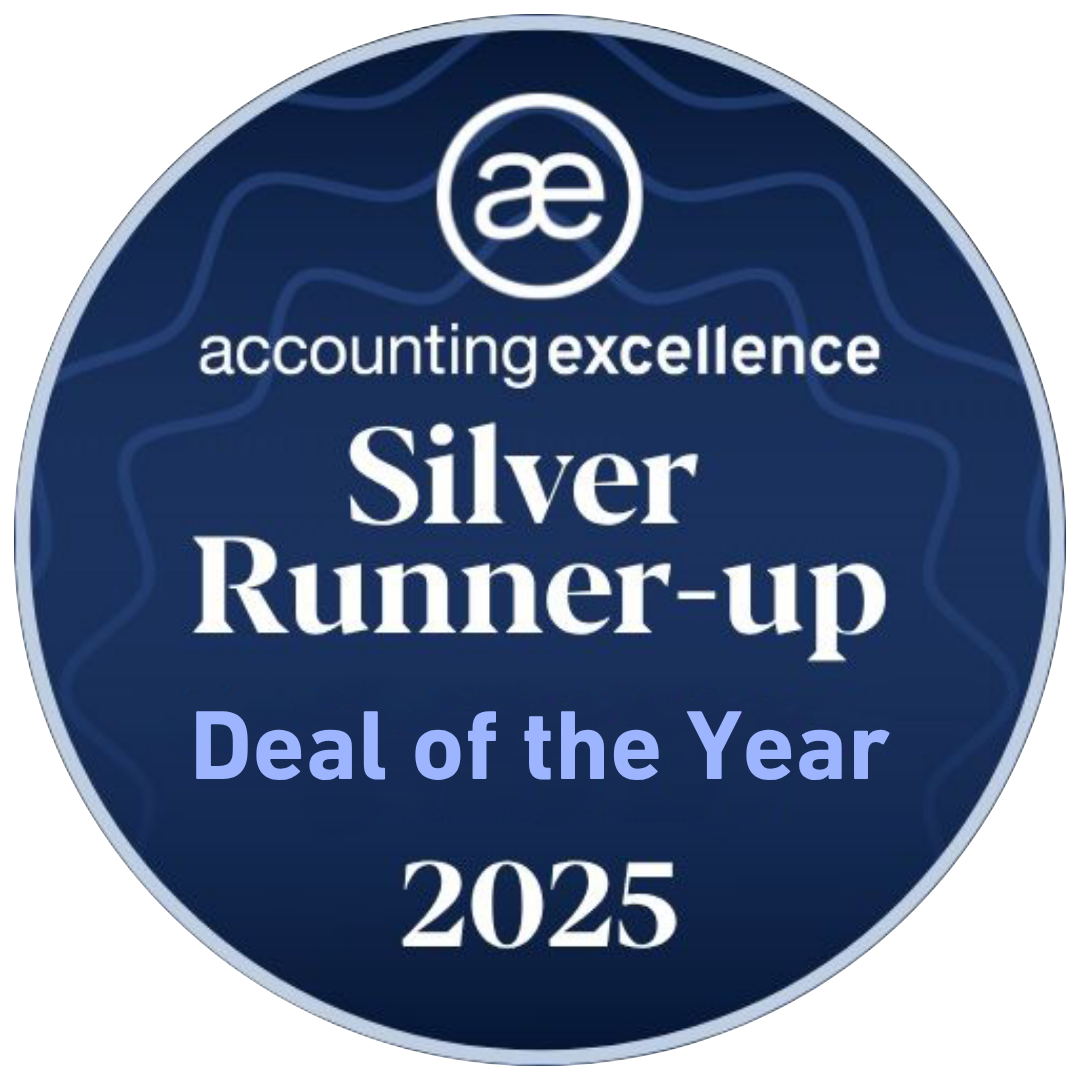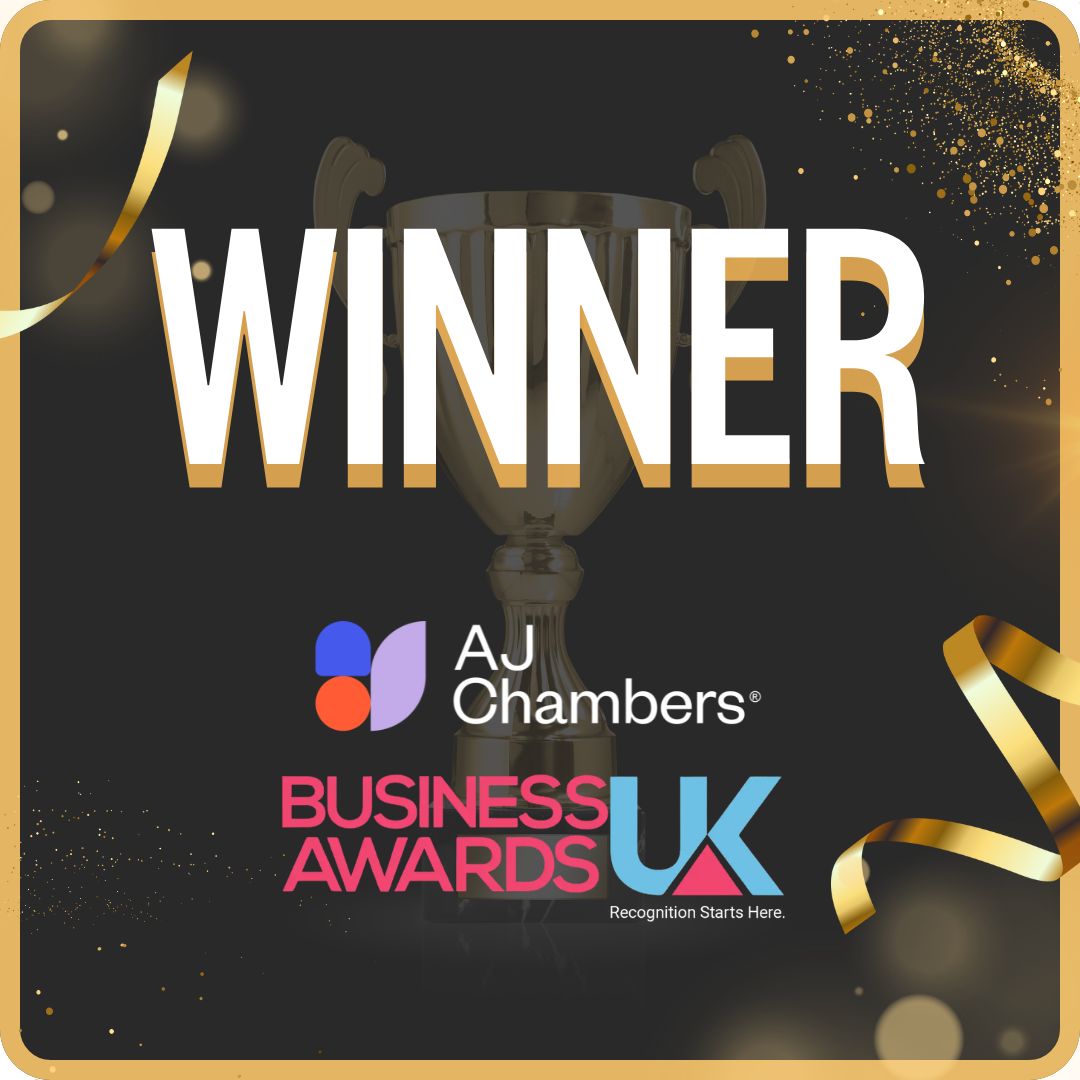Research & Development Tax Credits allow companies to claim a reduction in their Corporation Tax. For SMEs this reduction can be quite significant.
R&D goes on in pretty much every successful company at some point, regardless of its size or sector. Companies must strive for the power of innovation. But where does innovation come from, and is there a universal framework that can be applied to help consistently make big breakthroughs? From a R&D Tax Credits perspective, when does innovation qualify and when does it not?

TIP 1: IMPROVE PRODUCTS
After examining over 2,000 business innovations throughout history, data has uncovered that most breakthroughs don’t stem from engineering inventions.
Instead, they observed that innovations can be categorised within distinct dimensions. And anyone can use the resulting strategic framework to analyse the competition. To stress test for product weaknesses, or to find new opportunities for their products.
According to research, innovation centres around the configuration of the company, and all the work that happens “behind the scenes”. This can still have an important impact on the customer experience. How your company and products are organised can have a crucial downstream effect, even enabling innovations in other categories.
Cloud computing has already been transforming companies from a whole range of sectors. Accountancy firms must embrace new technology like cloud computing in order to stay efficient and competitive.
The beauty of cloud-based accounting is that it enables accountants to access financial data from any device. They also allow constant collaboration between accountants and clients, offering better service and improved security.
Manufacturing businesses are perfectly positioned to take advantage of R&D tax relief. Most are constantly required to research and develop or redevelop products in response to rapidly changing technology.
The keyword here is research. It doesn’t actually matter whether your product development is successful or not. What you claim for is time invested in the project as a whole.

TIP 2: CREATE NEW SYSTEMS OR SOFTWARE
Innovation required in the adoption of other technology is often one of the most overlooked opportunities when it comes to claiming for R&D relief.
As most businesses in the Accountancy sector will know, cloud computing isn’t a marginal cost. The sheer power that goes into creating, maintaining, running and storing machine learning (ML) and AI solutions, training datasets, models and simulations can be a huge overhead that is essentially unavoidable in spaces such as quantum computing.
Many accounting firms are already using various pieces of software to reduce operational costs and automate repetitive tasks. Many will need the software to perform a variety of tasks, such as data entry, generating reports, changing the format of financial data and performing tax operations – accurately and efficiently too.
Summary
For this reason, while a few smaller companies may revaluate cost effectiveness if they still house their own servers, for much of the sector this change will not introduce them to cloud computing. The impact, however, will be that firms can start to reclaim some of these costs back, allowing them to redirect funds to other areas of R&D or allow them to put additional budget behind computer power to more quickly and effectively develop new solutions.
- Have you developed a new system, piece of software or process to allow you to integrate new tech?
- Have you worked with a provider to adapt their tech even further?
- Have you resolved implementation or compatibility challenges that no one else has been able to address before?
There are lots of myths about the opportunities for claiming R&D tax relief in the IT sector, but it’ soften an untapped source of qualifying expenditure so don’t discount your own work on IT without seeking professional advice first.
When most people think of innovation, it’s likely the offering category that comes to mind.Making improvements to product performance is an obvious but difficult type of innovation, and unless it’s accompanied by a deeply ingrained company culture towards technical innovation, such advancements may only create a temporary advantage against the competition.
This is the reason it is recommended that companies focus on combining multiple areas of innovation together—it creates a much more stable economic moat.

TIP 3: DEVELOP BESPOKE SOLUTIONS
There won’t be many businesses that haven’t been presented with a unique problem by a particular client. That is, after all, the driver of invention and innovation!
Though the work that goes into developing bespoke solutions is about meeting a brief or specific client need, it also has the added benefit of making you eligible for R&D tax credits. It’s often overlooked but a very real part of working with a wide variety of clients across all industries, from software to manufacturing to construction and beyond.
Various solutions have been developed for accountancy firms to use over recent years, and they will continue to evolve over time. These solutions can protect sensitive client data. And offer improved detection and firewalls, and serve to back up information stored on USB sticks etc.
The above types of innovation are the most customer-facing, but this also makes them the most subject to interpretation. While other innovations tend to occur upstream, innovations in experience all get trialled in the hands of customers. For this reason, intense care is needed in rolling out these ideas.
If you would like to find out about our vacancies in the Tax sector or are looking for talent, please contact Tom-Sharland-Harris or Jodi King at AJ Chambers.
Sources:
AccountingWeb: https://www.accountingweb.co.uk/community/industry-insights/can-accountancy-firms-themselves-benefit-from-rd-tax-credits
MSCRND: https://mscrnd.com/rd-tax-credits-accountant/
MPA: https://mpa.co.uk/three-things-you-do-that-qualify-for-rd-tax-relief/







 AJ Chambers Recruitment Ltd,
AJ Chambers Recruitment Ltd,